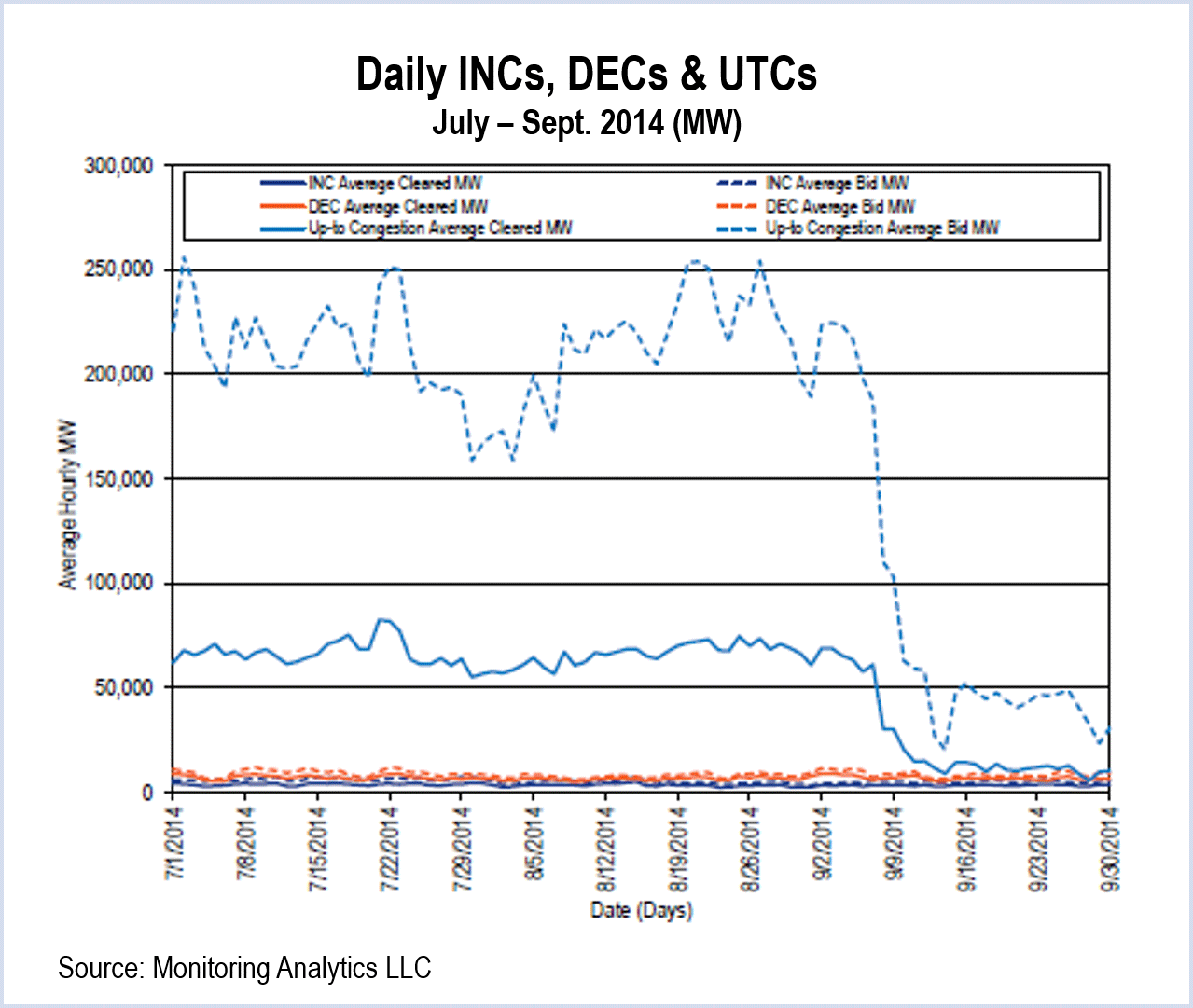By Chris O’Malley
SPP and MISO warned of a reliability crisis if the Environmental Protection Agency’s proposed Clean Power Plan isn’t eased to account for up to 134 GW of generation retirements by 2020, most of them coal-fired units.
“Unless the proposed CPP is modified significantly, SPP’s transmission system impact evaluation indicates serious, detrimental impacts on the reliable operation of the bulk electric system … introducing the very real possibility of rolling blackouts or cascading outages that will have significant impacts on human health, public safety and economic activity,” SPP CEO Nicholas Brown said in his comment to the EPA.
SPP said it conducted a study that assumed new generation was added without additional transmission infrastructure. The model showed that portions of the system in the Texas panhandle, western Kansas and northern Arkansas “were so severely overloaded that cascading outages and voltage collapse would occur and would result in violations of [North American Electric Reliability Corp.] reliability standards,” Brown said.
NERC has expressed similar concerns, commenting that “developing suitable replacement generation resources to maintain adequate reserve margin levels may represent a significant reliability challenge, given the constrained time period for implementation.”
NERC’s 2014 Long Term Reliability Assessment said that plant retirements and limited capacity additions are contributing to diminishing reserve margins in the Midwest, New York and Texas.
SPP said its reserve margins, now at 13.6% above peak demand, would fall to 4.7%, or a reserve margin deficiency of about 4,600 MW, by 2020.
MISO: ‘Untenable and Infeasible’
MISO proposed that the EPA eliminate the interim 2020 performance requirements because the organization’s initial analysis of the rule shows that nearly 80% of total emissions reductions must be met by then.
The EPA’s performance requirements create “an untenable and infeasible timeline for reliable compliance, and would cause states and MISO member companies to make decisions on a severely truncated timeline,” MISO CEO John Bear warned.
Bear said it will take more time to build new generation, natural gas pipelines and other necessary facilities than the interim period allows. Bear pointed to MISO’s Multi Value Projects, which were driven by state public policy requirements such as renewable energy.
The MVP portfolio took five years of planning and shareholder discussion, and even now many of the projects are in development, regulatory and construction phases, he said.
Bear said the soonest a state compliance plan could be approved is 2017, adding that it may not be until 2019 that some states iron out a compliance strategy.
“Since action will be needed by 2020 to achieve the interim emissions performance levels, there will not be nearly enough time to plan for the replacement capacity, transmission upgrades and natural gas delivery infrastructure that will be required to maintain reliability and resource adequacy,” he said.
MISO asked the EPA to push back its proposed carbon dioxide reduction requirements, estimating that 11 GW of plant retirements in its region would need to occur in 2020, “well before sufficient replacement capacity can be placed into service.”
Bear warned that MISO’s planning reserve margin is already under pressure because 10 to 12 GW of coal-fired generation capacity will retire by 2016 to meet the agency’s Mercury and Air Toxics Standards (MATS).
The erosion of the reserve margin increases the likelihood that MISO will need to manage periods of high demand with “emergency operation procedures,” Bear said. “The probability of a loss-of-load event becomes greater than the MISO region has ever experienced.”
Under the “best circumstances,” new generation capacity would not be available until 2024, Bear told the EPA.
Technical Conference Sought
SPP seeks a series of technical conferences jointly sponsored by the EPA and the Federal Energy Regulatory Commission that would focus on the plan’s effects on regional markets and power system reliability. It wants NERC to conduct a “detailed, comprehensive and independent” study of the North American bulk power system, prior to the agency adopting its final rule.
SPP also wants to see the CPP compliance schedule extended by at least five years.
Some commenters, including the Kansas Corporation Commission, told the EPA that the plan is “extremely flawed” and requested that it be withdrawn for a system of emissions reduction that is less complicated and ensures reliability at a reasonable cost.
The KCC said Kansas has approved more than $3 billion of environmental compliance projects for coal-fired generating plants. “To avoid stranded ratepayer investment, specific coal-fired units that were retrofit in compliance with EPA rules should be excluded from the EPA’s calculations in determining a CO2 emissions goal.”
